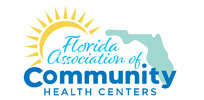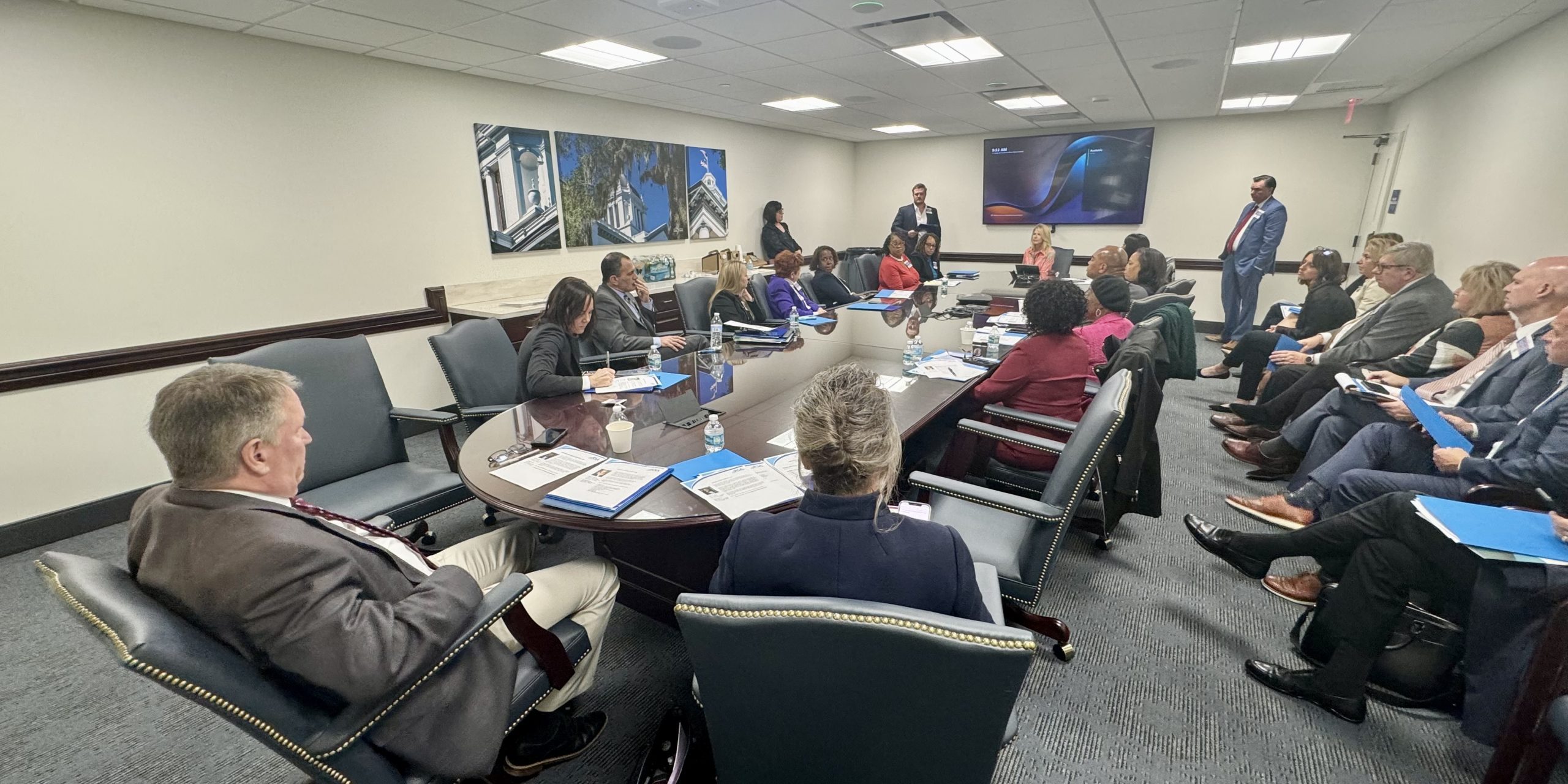The Florida Association of Community Health Centers (FACHC) started signaling to Florida Legislators throughout committee weeks that there is a reason for concern that the Medicaid prospective payment rate for Florida’s federally qualified health centers (FQHCs) falls short of covering the actual cost of care for patients, resulting in a substantial reimbursement gap of $106.00 or 42.2% for every Medicaid patient visit. This shortfall can lead to limited access to essential health care services without a Medicaid rate adjustment.
“Florida’s health centers are lifelines for our communities, delivering crucial healthcare services. However, the current Medicaid reimbursement rates in our state fail to reflect the true cost of providing care, placing an unsustainable burden on these vital centers. It’s imperative that Florida prioritize a Medicaid reimbursement adjustment to ensure Florida’s health centers can continue their mission of providing high-quality care to all, regardless of income or circumstance,” said Healthcare Network CEO and Chair of the FACHC Legislative Affairs Committee, Jamie Ulmer. “We appreciate the efforts of our legislators, especially Senate President Kathleen Passidomo, for her work on the Live Healthy bill to help address the complexities of delivering essential care to our communities.”
With approximately one million Floridians becoming uninsured from the Medicaid Unwinding, this gap will put an even greater strain on the resources Florida’s FQHCs need to provide comprehensive, high-quality care to the communities they service. As a result, FACHC is calling on state lawmakers to increase the Florida FQHC Medicaid prospective payment rate to better support the health care needs of Floridians.
“After an extensive analysis to determine the average cost of care, we are calling on state lawmakers to increase Medicaid prospective payment rates to ensure these providers’ continued sustainability, so all Floridians have access to the health care they need,” said Jonathan Chapman, President and CEO of FACHC. “By investing in our community health centers, we are investing in our communities through improved health outcomes and reduced health care costs in the long run.”
Community health centers provide essential primary care services to individuals and families, including preventive care, chronic disease management, and behavioral health services. They also serve as a critical safety net for vulnerable populations who may not have access to other health care options. Unfortunately, the current Medicaid payment rates do not adequately support community health centers in sustaining and expanding their services, resulting in many health centers cutting back on services or limiting the number of patients they can serve.
“Florida deserves a healthy and robust healthcare system of which the FQHCs are a key component. Our state Medicaid reimbursement rates have traditionally lagged behind many other States for years,” said Brad Herremans, Suncoast Community Health Centers CEO and Chair of the FACHC Board of Directors. “An increase in this rate would go a long way to assure a growing and healthy system. One desperately needed to help with our ever-growing population.”
Without an adjustment to the Medicaid reimbursement rate, some of Florida’s most vulnerable populations stand to lose access to critical primary, preventive, and integrated care. Florida’s FQHCs include 54 community health centers with over 800 locations that provide primary and preventative care services to 1.8 million patients annually. Florida community health centers provide needed health care services regardless of the patient’s ability to pay and charge for services on a sliding fee scale.
A majority of the patients served by Florida FQHCs are uninsured or publicly insured, with 51% covered by Medicaid or Medicare and 28% uninsured. In 2023, Florida community health centers served more than 627,800 children, 14,400 veterans, and 77,500 patients challenged to find stable housing, with more than 87% of their patients living below the federal poverty line.

